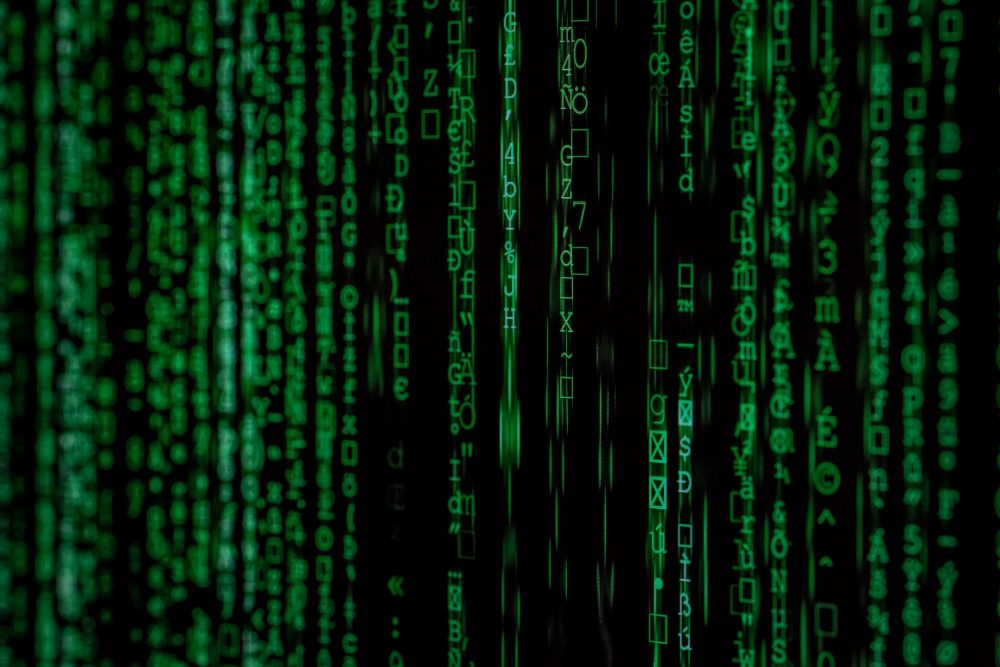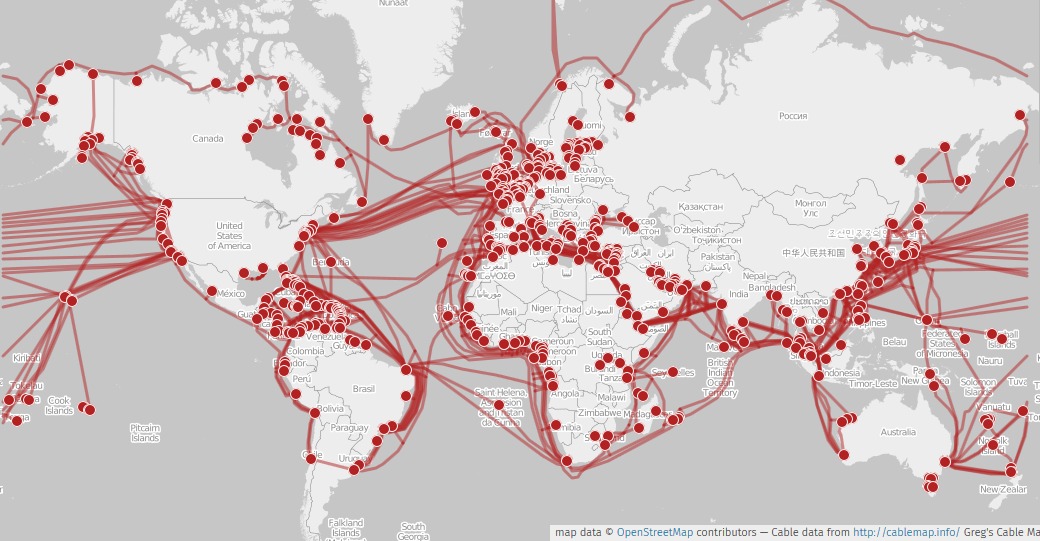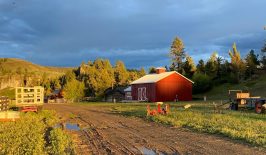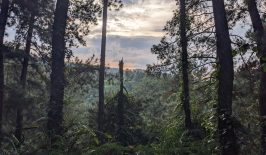Whether in science, industry, public administration, or arts and culture, hardly any process today can do without the aid of software. Digitalisation has thus permeated almost all areas of life, and with it software has become a key resource.
The sustainable use and availability of this resource is imperative to ensure security of supply for current and future social processes. Critical infrastructures like healthcare systems or global shipping are directly dependent on the availability and security of the software used.
However, it is also becoming increasingly clear that the ecological footprint of advancing digitisation is growing. Already in 2019, the think tank “Shift Project” made headlines by declaring that the Internet is expected to produce as much CO2 as all air traffic – a thesis that has since been repeated by several studies. Furthermore, numerous forecasts suggest we already face a doubling of these emissions within a few years. It is therefore all the more urgent to start thinking about the ecological sustainability of our software.
But what makes software sustainable? How can software be both sustainably available and have an ecologically sustainable impact?
Understanding software as a resource
Let’s start with the availability of software. Unlike natural resources, software is immaterial. The resource quantity of software is thus in principle inexhaustible and, moreover, does not dwindle through its use. One can start and run a software program as often as they want and it will never be exhausted. Just like a mathematical formula, for example, which is calculated from generation to generation by ever new cohorts of students but will always endure.
The quantity of such immaterial resources is not only inexhaustible but it can also be scaled infinitely. A digital resource can be made available to every person on this planet – and beyond – without anyone else having to sacrifice anything as a result. And if we consider a piece of software or a single computer program as a single resource unit, then the reverse is true of the use of natural resources, so to speak – with every copy or further installation of this computer program, the basic quantity increases instead of decreasing.
Nevertheless, the actually unlimited quantity can be artificially scarce. This is done in the case of so-called “proprietary software” by locking up the source code as well as by legal scarcity and technical blocking measures. Copyright and patent protection, for example, are the most common measures to prevent the free distribution and usability of the resource software.
PROPRIETARY SOFTWARE, FREE SOFTWARE, AND OPEN SOURCE
Free software and open source software are two different terms for the same thing: Software that is released under a licence that gives everyone the freedom to use, understand, distribute, and improve the software for any purpose. That is, the source code of the software is publicly available and the software may also be copied, modified, and re-published as often as desired. The different terms are historical in nature and an attempt to emphasise different aspects of the same thing. The author of this article prefers the term ‘free software’.
Proprietary software, on the other hand, is “privatised,” the source code of which in most cases remains locked away and any modification or copying of which is prevented by copyright, patent protection, and other intellectual limitation rights. In addition, there are usually technical blocking measures to prevent the circumvention of the copyright.
This danger of artificial scarcity is counteracted by free software, also called Open Source Software. free software is all software that has been published under a free software license. Free software is thus freely available to all as a common good. Through public documentation and the explicit right to copy and adapt the software, free software forms the foundation for preserving digital information and software as a sustainable resource for future generations. As long as there are computers, they will be able to understand and legally use free software.
Availability as a criterion of sustainability
The availability of software gives rise to the first, an “inner” dimension of software sustainability. For sustainability is “meeting the needs of the present without compromising the ability of future generations to meet their own needs” (Brundtland Report, “Our Common Future,” 1987, United Nations). This much-cited definition of sustainability is often referred to as “intergenerational equity.”
To meet this intergenerational equity with respect to natural resources, current generations should manage them in a way that leaves enough for future generations. With regard to the unlimited amount of immaterial resources, on the other hand, it is only necessary to preserve the last available and copyable form of the original source code. For from the last available copy, the basic quantity can in principle be scaled up again indefinitely.
However, proprietary software may not be able to do exactly that as it makes what is actually an unlimited resource scarce and also carries a high risk of knowledge loss. For example, the company behind proprietary software can go bankrupt. And because no one else has access to the source code, there is a high risk that the resource software developed by this company will also be lost forever. This would mean that the software would be withheld from future generations, which can be particularly dramatic if updates are no longer made available, like for medical implants. This happens time and again.
Free software, on the other hand, allows access to the resource for all people and over time. Moreover, the software is created in interdependencies. Thus, each free software application does not stand alone but is part of a larger whole. Each use and decision for free software is therefore not only a decision for a single sustainable software product, but for the preservation of an entire ecosystem.
In addition to the internal dimension, numerous “external” dimensions in the sense of sustainability, including ecological, social, and economic sustainability, also result from the dynamics underlying free licences.
Ecological Sustainability
Even if we are not always aware of it, the use of software consumes a lot of natural resources. Software needs electricity and, depending on the electricity mix used, this consumption also has a significant ecological footprint.
In the meantime, there have been the first studies that have investigated the exact proportion of electricity consumed by individual software applications and, ultimately, the efficiency of software. The pioneer in Germany is the Environmental Campus Birkenfeld in cooperation with the Öko-Institut and the Federal Environment Agency. However, the results and concrete figures are still pending.
Together with civil society partners, the first Blue Angel (the German government’s eco label) for resource- and energy-efficient software products (DE-UZ 215) was also developed in 2020. With the award of Okular, the first Blue Angel also went straight to a free software application. However, since Okular is still the only software with this award, there is a lack of larger case numbers and comparisons to derive how free software and resource efficiency are related.
More intuitively, the energy consumption required to produce the software or the energy savings when the software is reused can be determined. Complex software is often developed cooperatively by hundreds or even thousands of people over a period of years. These developers consume a lot of electricity in the process – they sit at the computer, turn on lights and air conditioning, perhaps drive to the office by car, and so on – until the software is finally developed. However, software is never “completely” developed. Rather, at a certain stage of development, it is usually simply decided that it is now “ready for the market.” After its release, it must be continuously developed further and is usually provided with updates on a regular basis. Unless, of course, the manufacturer decides to discontinue the product. Then all the energy invested is lost in one fell swoop. At least with proprietary software. With free software, the code is still available and can be further developed by third parties. A lot of computing power, not to mention brainpower, can be saved by reusing the software.
And then there is the interaction between hardware and software. Without hardware, there is no software and vice versa. However, the production of hardware and its worldwide transport requires a lot of energy. Apple states in its Environmental Responsibility Report 2019 that only 19 percent of an iPhone’s ecological footprint is created during its entire usage period, and the rest during its production and the associated global transport of goods. On the other side of the lifecycle, e-waste stands out. The Global E-Waste Monitor 2020 calculated 53 million tons of e-waste for 2019 alone.
Every time hardware is used for longer instead of being thrown away and new ones produced, is a benefit for the environment. Increasingly, however, software obsolescence is responsible for hardware no longer being able to be used after only a short period. This happens when the manufacturer of an electronic item no longer provides its hardware, once sold, with critical updates. Even with popular flagship models from well-known smartphone manufacturers, this can happen quickly under certain circumstances, sometimes after just two or three years.
The “Upcycling Android” initiative shows how the installation of free software can significantly extend the service life of operating systems. The logic demonstrated here can in principle also be applied to many other electronic items. For example, “HEY, ALTER!” collects old computers, equips them with a Linux operating system, and passes them on to students who do not yet have their own laptop.
Social Sustainability
As mentioned, free software enables the long-term preservation of knowledge for future generations. free software also offers social sustainability for current generations as it empowers the participation of all people worldwide. No one can be excluded from using the software. In addition, it is usually available free of charge. This is particularly appealing to people for whom licence fees for proprietary software otherwise represent a major barrier to access.
free software also allows local adaptations by those to whom it is relevant. Many software manufacturers do not translate their products into the languages of less lucrative markets, like in the Global South. This excludes local people who aren’t fluent in a supported foreign language from using the software. free software, on the other hand, can be translated into any language in a technically and legally sound manner by voluntary, non-profit associations. For example, while the widely used proprietary operating system Microsoft Windows is available in 110 languages, the freely licensed Mediawiki, the software behind Wikipedia, boasts 459 languages.
Overall, the positive impact of using and developing free software in development collaboration is manifold and ranges from sustainable handover to strengthening local economies and flexibility. At best, this can reduce further dependence on the Global North. Finally, free software enables global cooperation and replication, which is becoming increasingly important, especially in international development cooperation. Finally, in 2014, the “Principles for Digital Development” were developed by the Digital Impact Alliance, which is part of the United Nations Foundation. One of the nine principles contained therein consistently calls for the publication of software, data, and standards under a free licence.
Economic Sustainability
If we understand economic sustainability as generating profits without damaging resources in the long term, this brings the reuse options of free software to the fore since these serve the long-term preservation of the resource software.
Free licences also offer a way out of the linear production method of software, in which certain versions are sold as a finished product and expire after some time. Instead, free software licences open the way to a circular economy in which software can be reused and optimised over time. Many economic actors benefit from this, from those who develop software to those who offer software as a service (SaaS).
Free software directly promotes competition and prevents the formation of monopolies through the public availability of the code and software. Profits are thus often distributed among several actors, who at the same time have a common interest in the preservation of the resource. Take the Linux kernel, for example. The Linux kernel is an interface that translates software instructions that the hardware can read. Today, the Linux kernel is arguably the most widely used kernel in the world. We find its application in almost all forms of digital devices, from routers to refrigerators, smartphones, laptops, and supercomputers. This is made possible by thousands of programmers around the world who together continue to develop and improve the Linux kernel. Development statistics regularly list global IT companies such as Intel, Red Hat, Google, Huawei, Facebook as the companies contributing most to its development. Companies that compete in the free market create a common resource here, which in turn all of them – including the competition – can exploit to generate capital. This is not a contradiction, but calculated business. By sharing resources, they avoid the risk of their own developments failing or becoming obsolete; they also benefit from the developments of others and do not have to invent or imitate every new idea.
Free software also often puts its benefit to users in the foreground. However, this is frequently less a law or a social agreement than a practical consequence of the possibilities for change and splitting off of free software. Since anyone and everyone can rewrite the program code, the highest common denominator often prevails. The history of free software is full of splitting off processes due to different ideas about its further development. Usually, the interest of users prevails. Sometimes different versions coexist.










